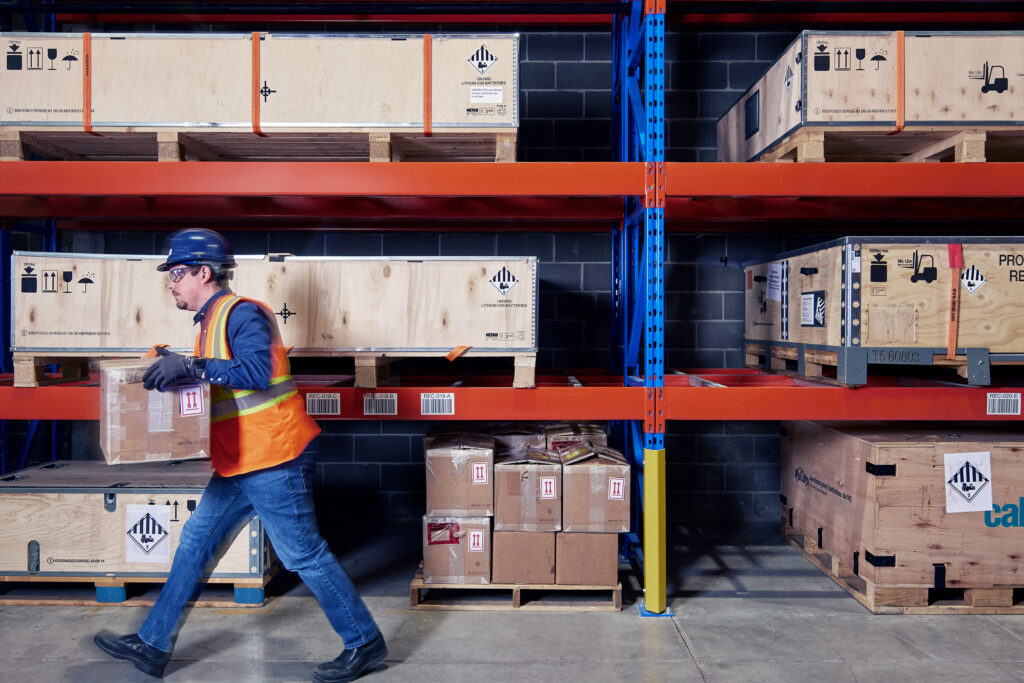
Battery recycler Lithion completes mineral extraction plant in Quebec
André Voshart
Sustainability Electronics Energy Automotive
(Photo: Lithion Technologies)
Lithion Technologies has completed the construction of its first commercial critical mineral extraction plant—Lithion Saint-Bruno—located in St-Bruno-de-Montarville, near Montreal. Every piece of equipment has been installed, many of which were tailor-made to suit its unique technologies and processes.
Lithion develops, deploys and operates sustainable and innovative patented technologies to recycle lithium-ion batteries and create a circular supply of their strategic materials. Over the past several months, its team worked tirelessly to build the first lithium-ion battery critical mineral extraction plant in North America’s north-east.
The company is now in the commissioning phase to ensure its innovative and patented processes operate safely and effectively. Lithion Saint-Bruno has a team of 20 to complete this important step; at full capacity, the plant will employ 60 people.
During the plant construction, Lithion’s commercial activities progressed significantly with the signing of multi-year battery feedstock agreements, and the receipt of several batteries. The first battery treatment steps, such as dismantling, have also started. These strategic agreements involve local partners as well as large Canadian, American and international corporations, all part of the electric vehicle ecosystem. More partnership discussions, as well as the continuous influx of recycling demands, confirm the critical and essential need Lithion meets.
About the Lithion process
To create the circularity of battery materials, Lithion has developed a two-step recycling process with an environmental impact significantly smaller than mining. The first step, performed at Lithion Saint-Bruno, is the extraction of the critical minerals concentrate, or black mass, from batteries and non-conforming products from their production. Black mass is made of lithium, nickel, cobalt, manganese and graphite.
The second step is a hydrometallurgy process to separate and purify the black mass to produce strategic materials of the highest purity so they can be looped back into the production of new batteries.
“What an exciting achievement to have completed the construction of our first commercial plant”, expressed Benoit Couture, President and CEO of Lithion. “It’s a major milestone towards the realization of our dream of sustainably closing the loop of battery materials. And this is just the beginning. We will build more recycling plants, supplied by a network of battery collection and storage facilities, across Canada, the United States, and Europe to ensure the energy transition is a sustainable solution for the generations to come.”
Print this page
Advertisement
<




